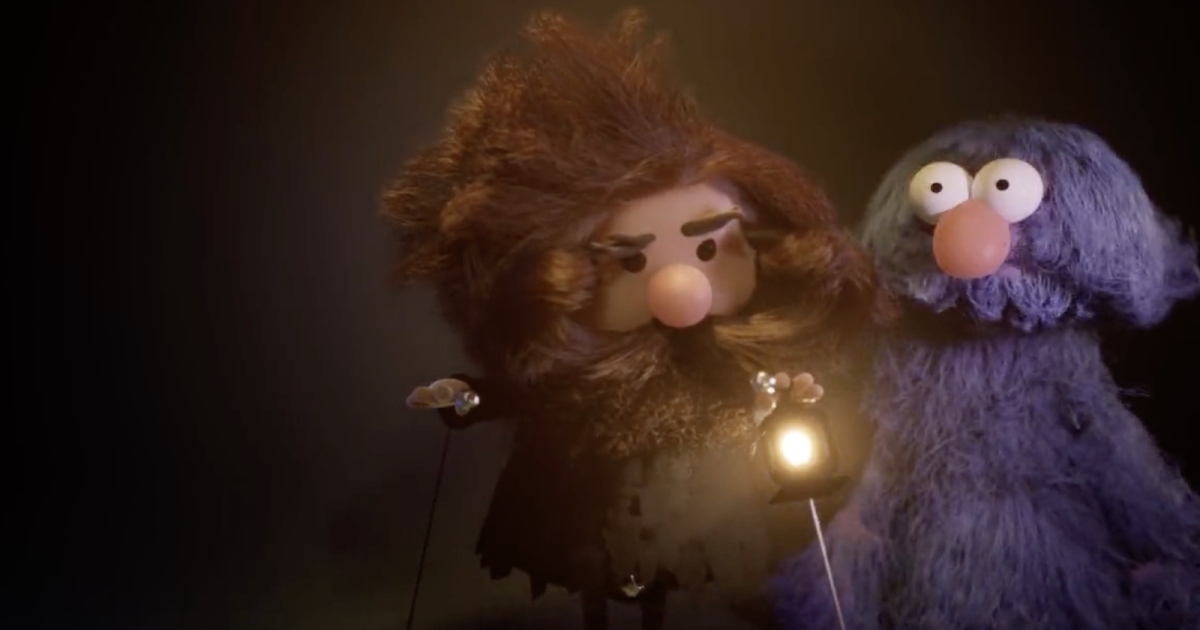Indeed, there were a few cases where we had to ask the artists to tessellate things like large light blocker meshes more in the original Lumen in the land of Nanite demo to get better culling. This has gotten less necessary over time, but it's still beneficial to avoid really large triangles, especially for shadows, as those clusters can easily cover many pages/clipmap levels. Nanite of course handles this much better as only the cluster needs to be transformed/rasterized multiple times (with non-nanite the whole mesh has to be re-transformed/rasterized per cascade/clipmap level) but it's still a consideration for large meshes.Polygons are distributed to up to 128 triangle clusters/meshlets, which are used for culling.
If clusters become big or very thin the culling efficiency drops.
So it is good to have enough polygons to make clusters reasynably good sized and shaped.
The performance tradeoffs are also just different for Nanite. Raw triangle count is much less important as a determiner for performance, whereas things like good occlusion culling, minimal/cheap WPO where present and material counts matter relatively more.



